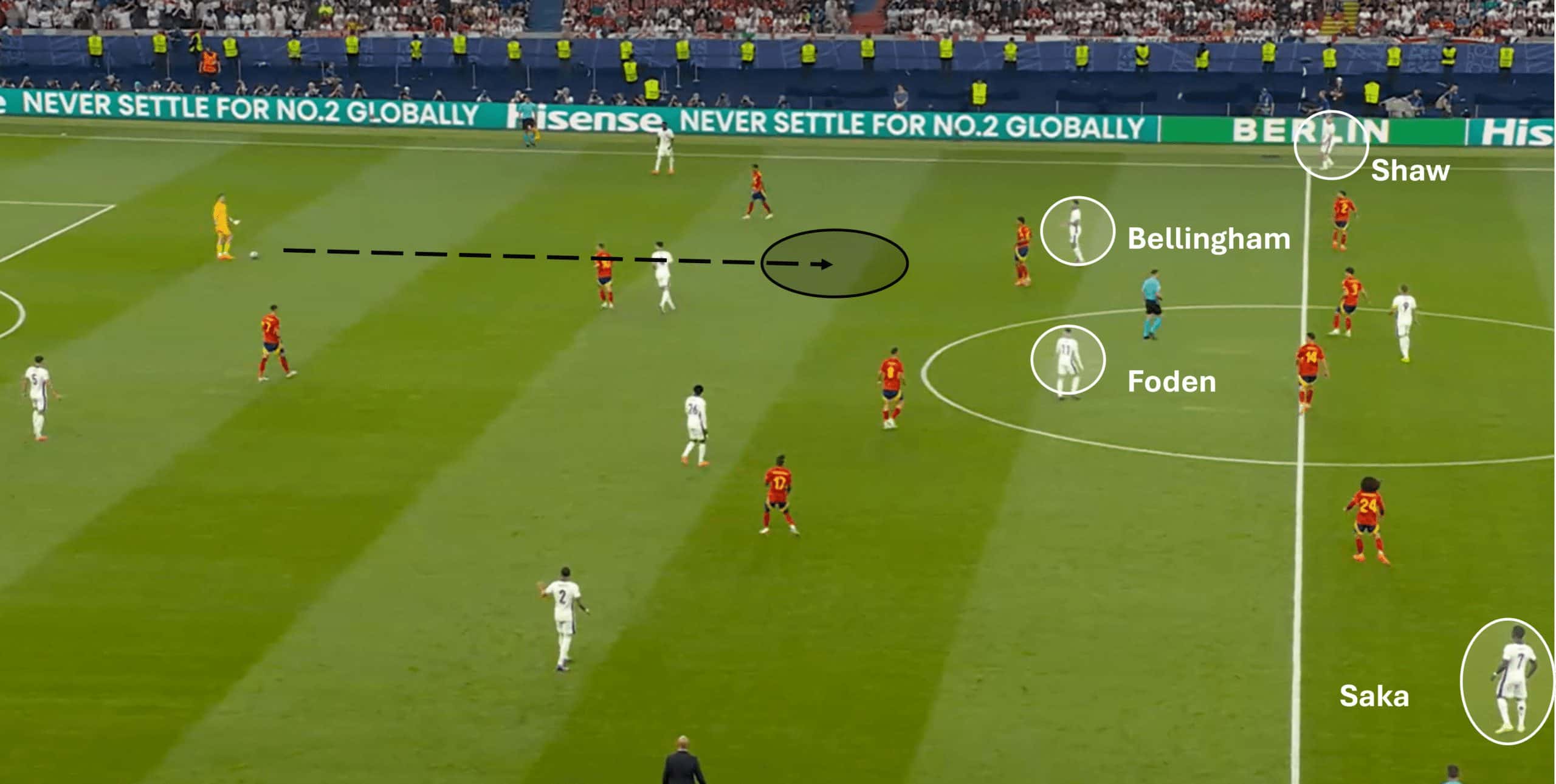Euro 2024 is now over, with Spain having won their fourth European title in a tournament that saw just 117 goals scored in 51 matches at a rate of 2.29 per 90 minutes.
While it wasn’t the most spectacular European Championship iteration, it was fascinating from a tactical perspective. From more direct passing and running to the formation of box midfield shapes, the tournament threw up a number of intriguing trends that may impact on Europe’s big five leagues in the 2024/25 season.
These tactical evolutions may also impact your wagering picks, if you want to take a break from accessing poker promo codes and start betting on football as well. Here are three of the most interesting insights:
Playing Over the Press – Is This the End of Tika-Taka?
Arguably the biggest surprise of the tournament was the way in which Spain played under the stewardship of head coach Luis de la Fuente. The Godfathers of tika-taka moved away from their usual approach to deploy a far more direct style of play, with this born out by their relatively low average possession per 90 minutes (58.15%).
La Roja also attempted 392 long passes during the tournament, completing 281 of these (71.68%) and demonstrating a willingness to hit their wide players with quick and direct switches of play.
This not only maximised the impact of fearless wingers Lamine Yamal and Nico Williams, but it also made it easier for the Spainards to overcome their opponents’ high press. This was a trend that was observed throughout the tournament, with the Swiss regularly dropping aerial balls into advanced midfield positions during their excellent 1-1 with hosts Germany.
Of course, most elite teams in Europe’s big five leagues adopt some form of aggressive press, especially those in the EPL. So, we may see more sides leverage more direct passing in order to play over and around the press in 2024/25, as they look to exploit the space in midfield and out wide.
The Box Midfield – Creating Central Overloads
From a formation perspective, two trends stood out at Euro 2024. Firstly, we saw teams deploy clearly defined attacking and defensive shapes, with most sides adopting a fluid 3-2-2-3 formation when in possession of the ball.
The similarly flexible 3-4-2-1 formation was also deployed with distinction by teams like Denmark and Switzerland, with this enabling sides to go man-for-man against certain systems and create overloads all over the pitch.
These two formations also create ‘boxed’ midfields, which helped sides to develop central overloads and viable passing lanes through in the centre of the field. This made it much easier to dominate possession and play through the lines, while enabling teams to field two attacking players in half spaces in the final third.
Teams can create boxed midfields through numerous tactical variations, from inverting one or more starting fullbacks to play alongside a single pivot to fielding a fluid 3-4-2-1 or 3-4-3. We should expect to see more of these variations in the 2024/25 campaign, with the boxed midfield shape here to stay.
The Overlapping Centre Back
The Swiss also made excellent use of their wide centre backs during Euro 2024, particularly Ricardo Rodriguez.
The left-sided centre half regularly roamed forward for Switzerland, helping the team to gain territory, create overloads in wide areas and disrupt man-for-man marketing orientations. He made 11 runs into the attacking third, while right-sided centre back Fabian Schär completed four dribbles during the tournament.
Of course, coaches like Atalanta’s Gian Piero Gasperini have deployed this tactic for years, as part of a fluid and attack-oriented approach that seeks to dominate possession. Interestingly, this tactic also helps to encourage wing backs higher up the pitch, while wide centre backs can also invert into the midfield.
Regardless, the overlapping centre back is here to stay, especially as playing three-at-the-back and the 3-4-2-1 shape becomes increasingly popular.





Comments